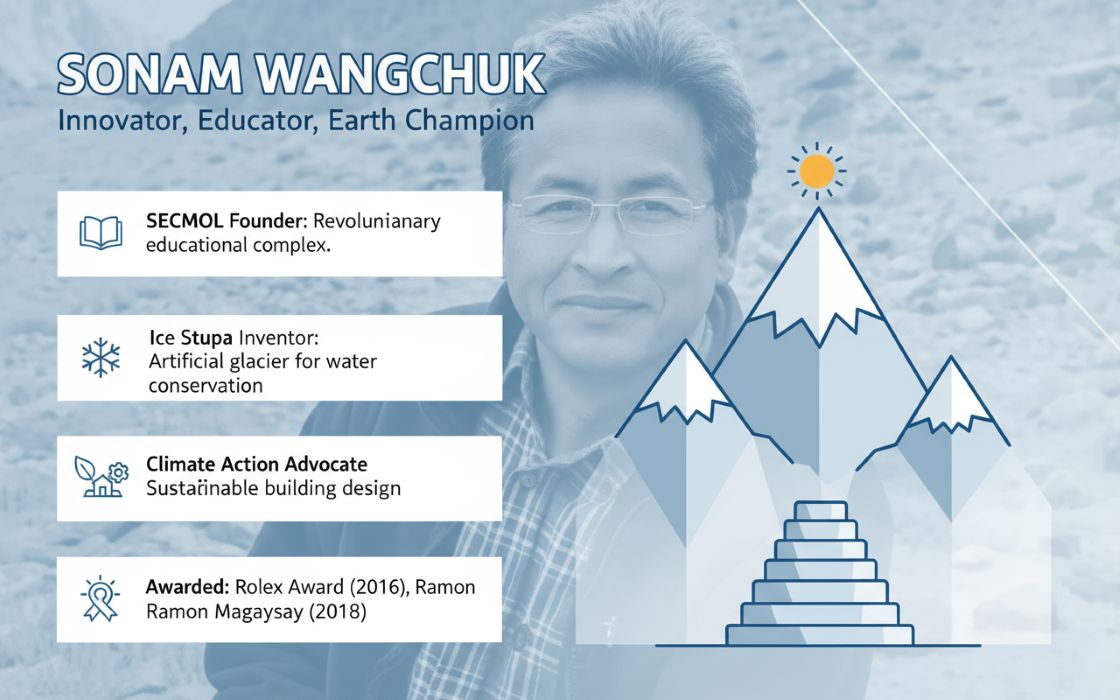As digital infrastructure rapidly scales to meet the demands of AI, IoT, and cloud technologies, sustainability has moved from a peripheral concern to a core business priority. At the forefront of this shift is Hitachi Vantara, a company redefining how data-driven innovation can align with environmental responsibility. In India—a market marked by surging data consumption, population scale, and growing digital ambitions—the need for efficient, climate-conscious infrastructure is especially urgent.
In this exclusive interaction with TheCSRUniverse, Suraj Kotipalli, APAC Business Leader for the Data Platforms and Solutions Team at Hitachi Vantara, shares how the company is designing sustainability into every layer of its operations. From energy-efficient data centers and circular product design to AI-ready platforms that cut power consumption, Hitachi Vantara is showing how performance and planet-first thinking can coexist. He also discusses how India can set the benchmark for green digital growth, the emerging role of public-private partnerships, and what sustainable leadership looks like in today’s technology landscape.
Scroll down for deeper insights:
Q. Sustainability is increasingly becoming central to technology leadership. How is Hitachi Vantara embedding environmental thinking into its long-term innovation and business strategies, especially in a complex, high-growth region like India?
A. Sustainability isn’t an afterthought for us — it’s a design principle. At Hitachi Vantara, we have aligned our innovation and business strategy with global ESG goals. Empowering enterprises with mission - critical data and applications is our DNA. With energy efficient and high density Data storage systems, we are helping enterprises globally in their sustainability goals. In India, we operate energy-efficient campuses in Hyderabad and Bangalore that use natural lighting, water recycling, and smart building infrastructure. India is a fast-expanding digital economy — large population and high data consumption — and that makes us a great fit as a data infrastructure partner focused on decarbonization.
Q. As data centers scale to meet rising demand from AI, cloud, and IoT, how do you balance performance with environmental impact? What practical steps are being taken to manage this balance?
A. You do not have to choose between high performance and sustainability. Our Virtual Storage Platform VSP One is up to 40% more energy-efficient than earlier models and we hold the top 3 ranks in Energy Star ratings providing the best IOPS/Watt performance. With adaptive data reduction algorithms, we can significantly compress the data and offer a 4:1 data reduction guarantee which is a first in the data storage industry. More storage in a much lesser data center footprint, significant power savings and yet providing high performance to demanding applications is the value we are delivering to our customers.
We have launched Hitachi iQ, an AI-ready platform in partnership with NVIDIA. We are deploying liquid-cooled GPU clusters that support dense AI workloads consuming much less power than previous generation GPUs and deliver better performance — especially important as demand for AI infrastructure grows.
Q. Energy and water use in digital infrastructure are growing global concerns. How is Hitachi Vantara rethinking its operational footprint and what role can India play in shaping responsible infrastructure models?
A. At Hitachi Vantara, we’re taking clear steps to reduce the environmental impact of our operations. Our global distribution center in the Netherlands generates 30% of its electricity from solar panels and runs fully on renewables. In Denver, we cut data center energy use by 50% just by optimizing layout and airflow.
India is set for massive digital growth — a large population, growing data needs, and a fast-expanding economy. This makes sustainable infrastructure a national priority. As a data infrastructure company, we see a perfect fit in supporting this journey.
Take our work with Malayala Manorama, one of India’s largest and oldest media companies, which operates across 11 sites and multiple data centers. As a data solutions partner, we helped reduce their power and cooling costs by 70%. It’s a great example of how performance and sustainability can go hand in hand. India can set the global standard for green digital growth, and we’re ready to help make that happen.
Q. AI brings immense potential but also significant energy demands. How is Hitachi Vantara ensuring that AI is deployed both ethically and sustainably?
A. AI needs massive compute — and that means higher energy consumption. But we’re tackling that on two fronts. First, through Hitachi iQ, we deliver AI infrastructure with liquid-cooled, energy-efficient GPU systems, helping reduce power and cooling requirements significantly. We are working closely with partners like NVIDIA to ensure these systems are built to scale responsibly.
Second, AI depends on data. With our platforms, we help organizations identify, classify, clean, and manage data efficiently, which means AI models train on high-quality, leaner datasets. That is good for both energy usage and outcomes. Our goal is to support AI adoption that is not just powerful, but also sustainable by design.
Q. What are some key sustainability blind spots Indian enterprises face as data volumes grow, and how can they begin to address them?
A. One common blind spot is data sprawl — enterprises often store multiple versions of the same data, which wastes both space and energy. Another one is lack of visibility into data quality and relevance. Without this, it’s hard to manage infrastructure efficiently.
Our solutions tackle these issues head-on. We help enterprises classify, deduplicate, and clean their data, so they only store what truly matters. That reduces costs, improves performance, and lowers energy usage. As India’s data footprint grows, managing that data smartly will be critical for enterprises.
Q. What is the evolving role of public-private collaboration in building sustainable digital infrastructure in India? Is there sufficient momentum around green standards today?
A. Public-private partnerships are becoming essential to sustainable growth. In India, as digital infrastructure scales rapidly, coordination between government and industry will be key to ensuring that growth is sustainable and meet environmental goals. Public-private collaboration is gaining real traction in India, especially as digital infrastructure rapidly expands in sectors like banking, telecom, and retail. Several states—Karnataka, Telangana, Tamil Nadu, Maharashtra, and others—have launched dedicated data centre policies offering incentives like renewable energy access, subsidized power, and infrastructure support. We are seeing positive movement — from renewable energy initiatives to smarter regulations for data centers — but there is still work to do. Common standards and broader adoption across sectors will help accelerate impact. With the right momentum, India has a real opportunity to lead in building sustainable digital ecosystems.
Q. Beyond emissions and efficiency, how is Hitachi Vantara approaching circularity in areas such as product design, packaging, and waste reduction in India?
A. We’re extending product lifecycles to minimize waste. Our systems are built to be modular and upgradable, which means customers don’t need to rip and replace — they can enhance what they already have. That alone reduces a huge amount of e-waste.
We also bring Modern Storage Assurances, which support longer system use, and we design with recycled and recyclable materials wherever possible. In India, our offices in Pune, Hyderabad, and Bangalore feature water recycling systems and sustainable landscaping — small steps, but part of a bigger shift toward circular thinking.
Q. India’s digital economy is broad and diverse. What sustainability challenges or opportunities are unique to this geography?
A. India’s fast-growing digital economy faces challenges like resource pressure, infrastructure gaps, and wide climatic variation. But it also has a chance to leap ahead by building sustainability into new systems from the start. With strong national commitments to renewable energy and digital public infrastructure, the groundwork is already there. The key is to tailor solutions to local contexts and build systems that are both efficient and climate resilient. Done right, India could become a blueprint for sustainable digital development.
Q. How is Hitachi Vantara helping its customers align digital transformation with environmental goals, and what results have you seen so far?
A. Building a strong data foundation for innovation is our key value to enterprises. With high-density storage platforms we deliver more capacity with fewer racks, while advanced data reduction significantly cuts energy, space, and cooling needs. Each new generation is 30–40% more energy-efficient, and our management tools offer real-time visibility into power and carbon metrics. Another important thing to note is that our VSP One high performance NVMe systems deliver the best performance to the most demanding enterprise workloads too.
A great example is Malayala Manorama, one of India’s largest and oldest media companies, which operates across 11 sites and multiple data centers. With our solutions, they reduced rack space by 66% and cut power and cooling costs by 70% — all while ensuring 100% data availability to support 24/7 news operations.
This proves that digital transformation and sustainability can go hand in hand. We’re not just modernizing IT — we’re enabling measurable progress toward our customers’ environmental goals.
Q. Finally, from a leadership perspective, how do you define sustainable leadership in the tech industry, and what principles guide your approach?
A. Sustainable leadership is about seeing the long game — creating value not just for business, but for people and the planet. In tech industry, this means embedding environmental and social responsibility into every decision, right from product design to how we deploy and manage systems at data centers. At Hitachi Vantara, we focus on solving real-world problems through technology, designing for sustainability, and holding ourselves accountable. To us, leadership means bringing others along — building solutions that move everyone forward toward a more sustainable future.




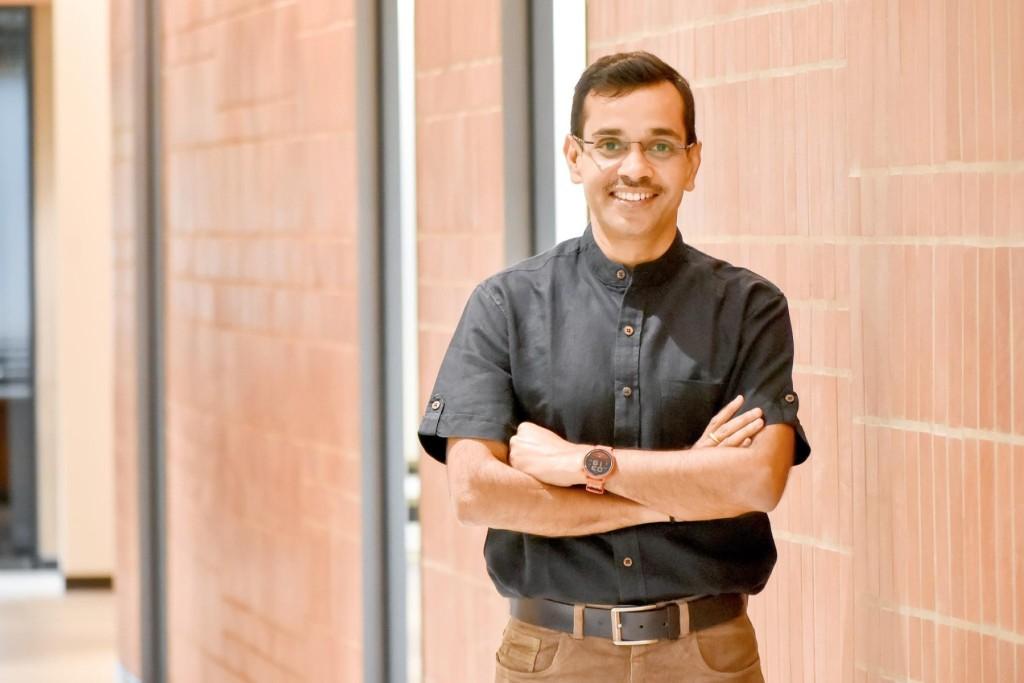

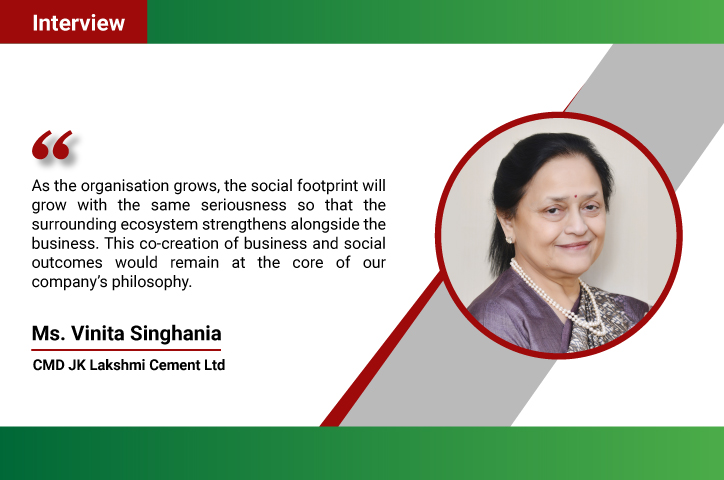


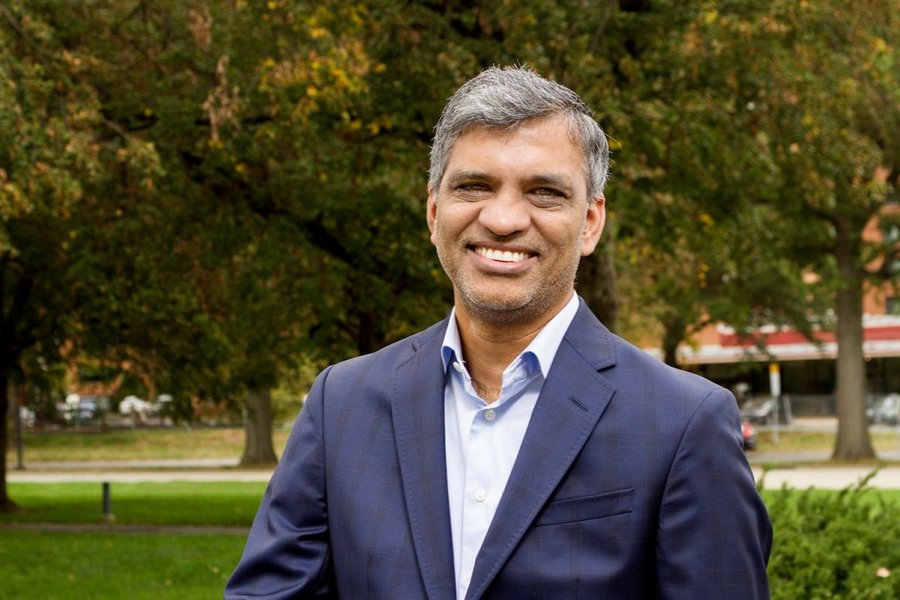
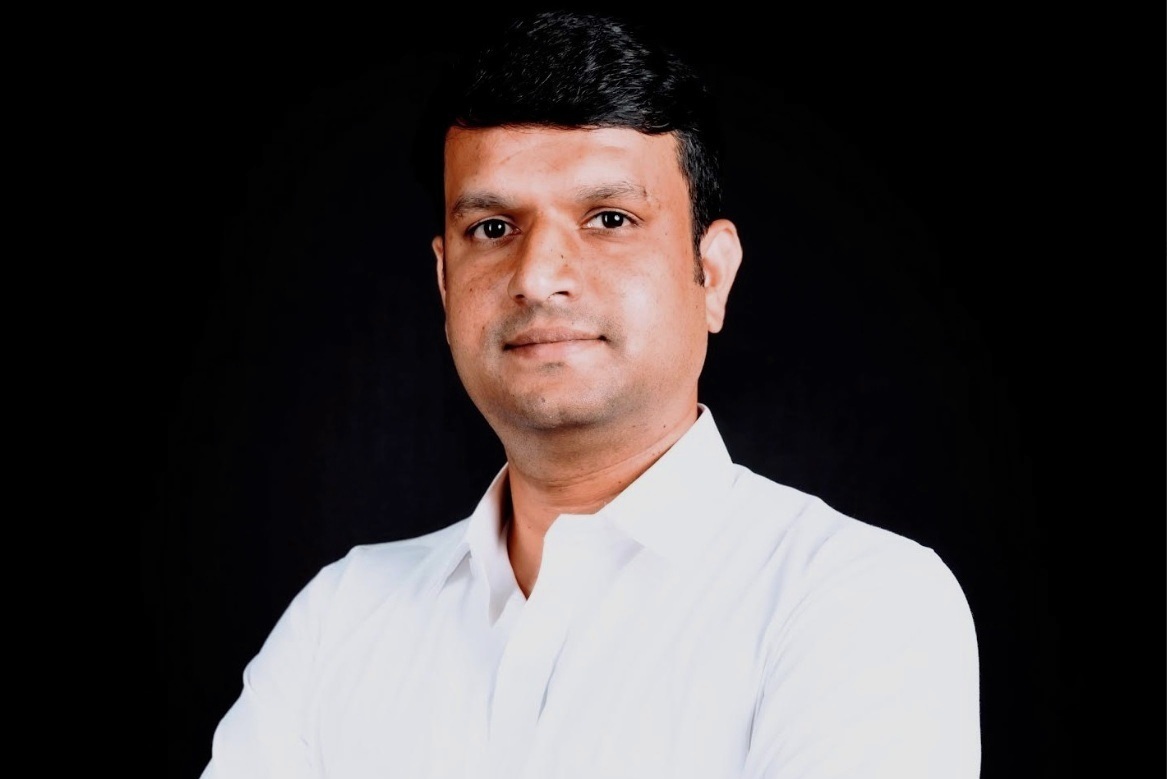


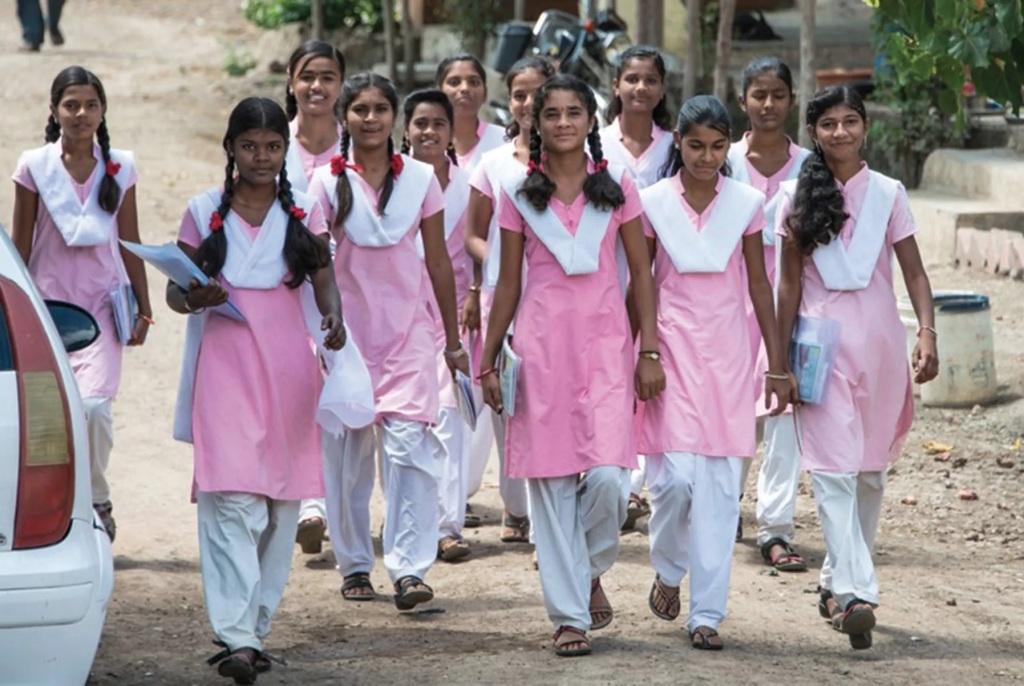
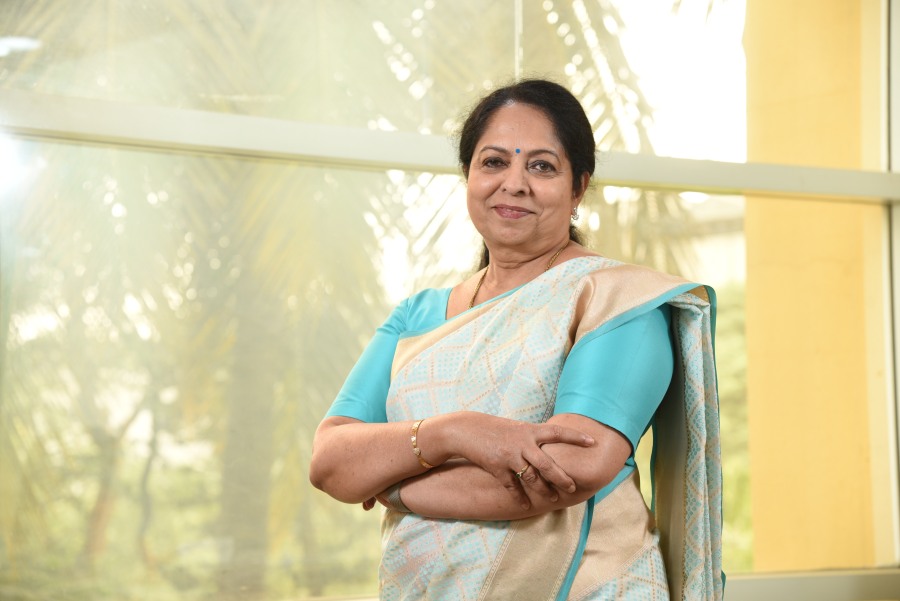
.jpg)

